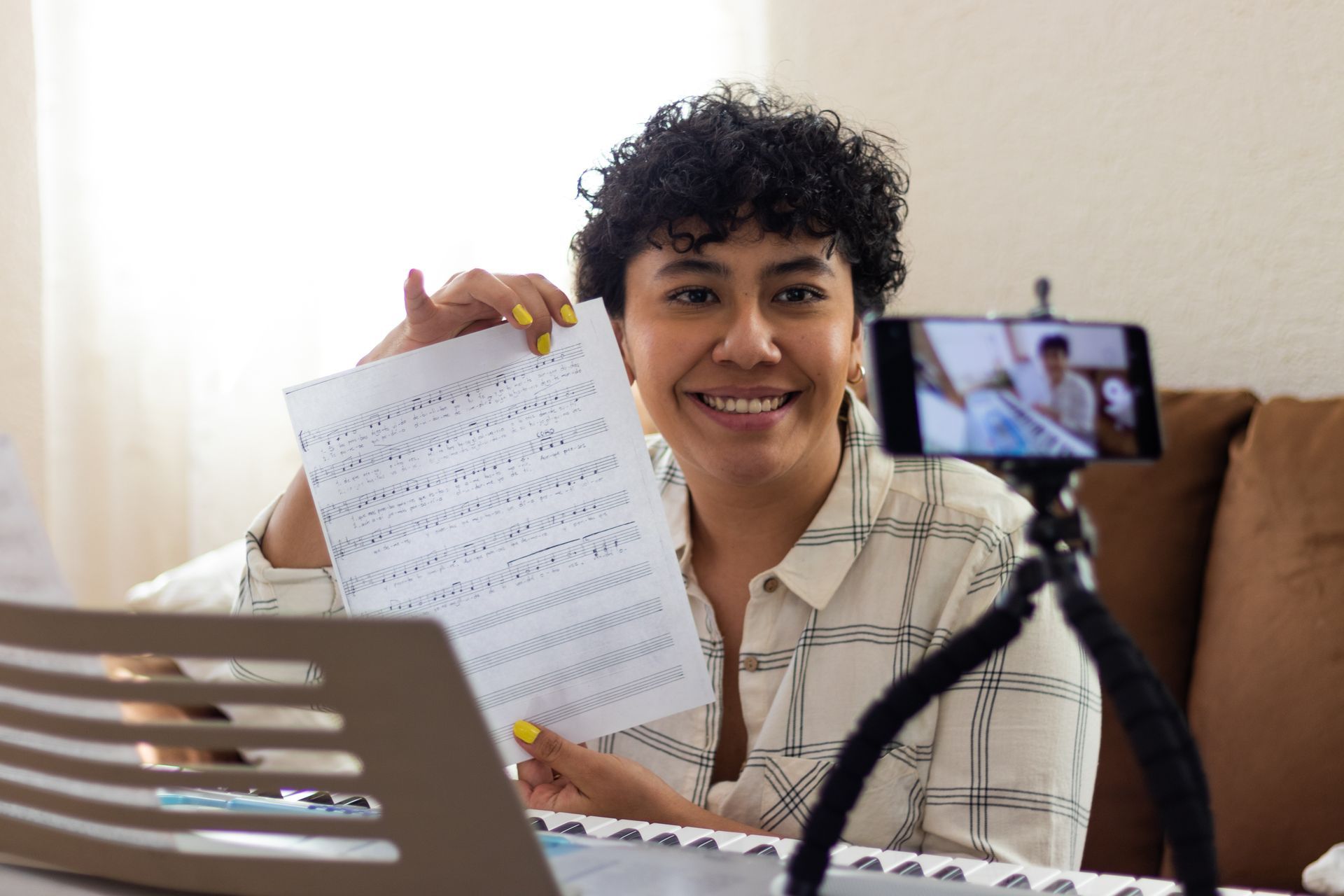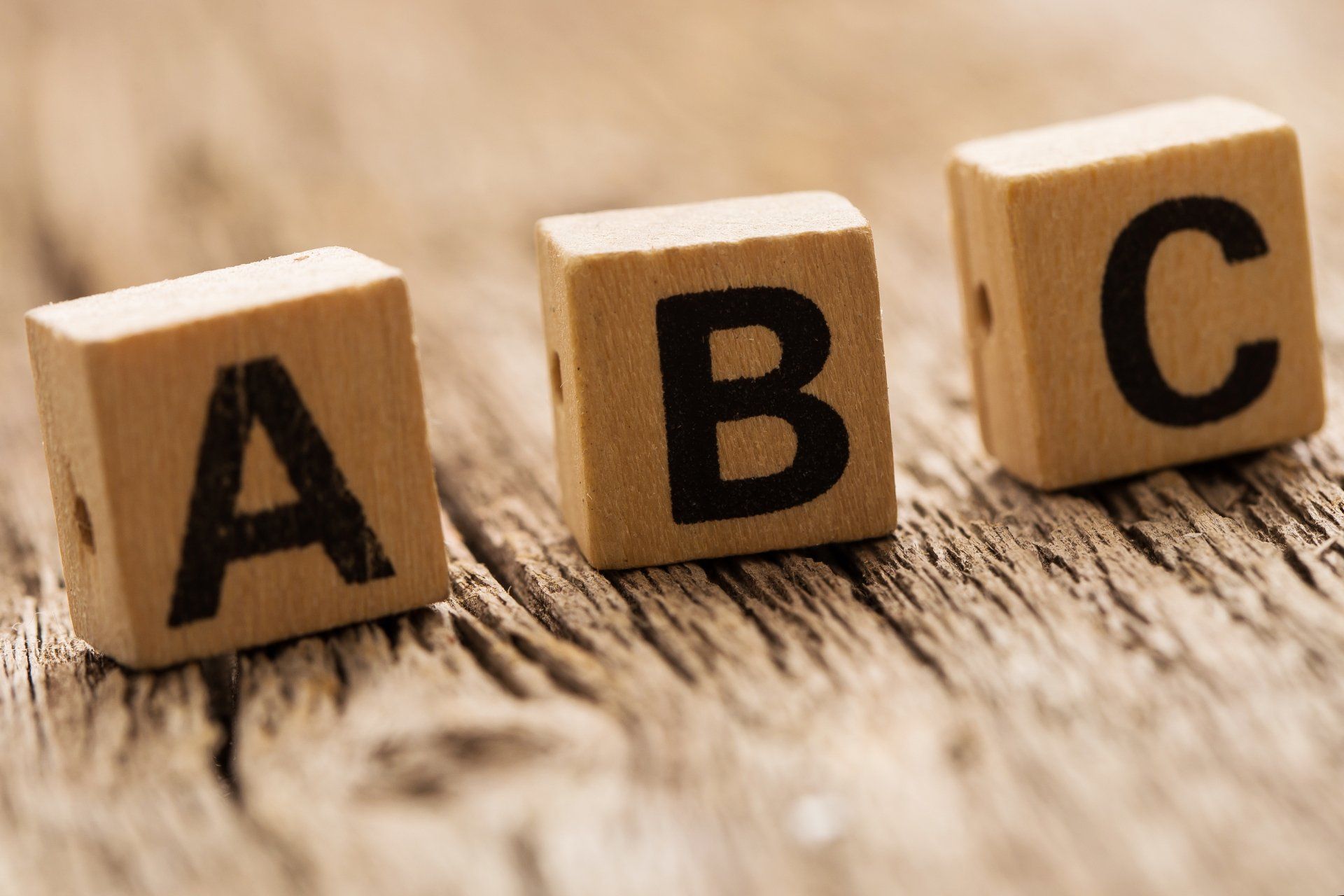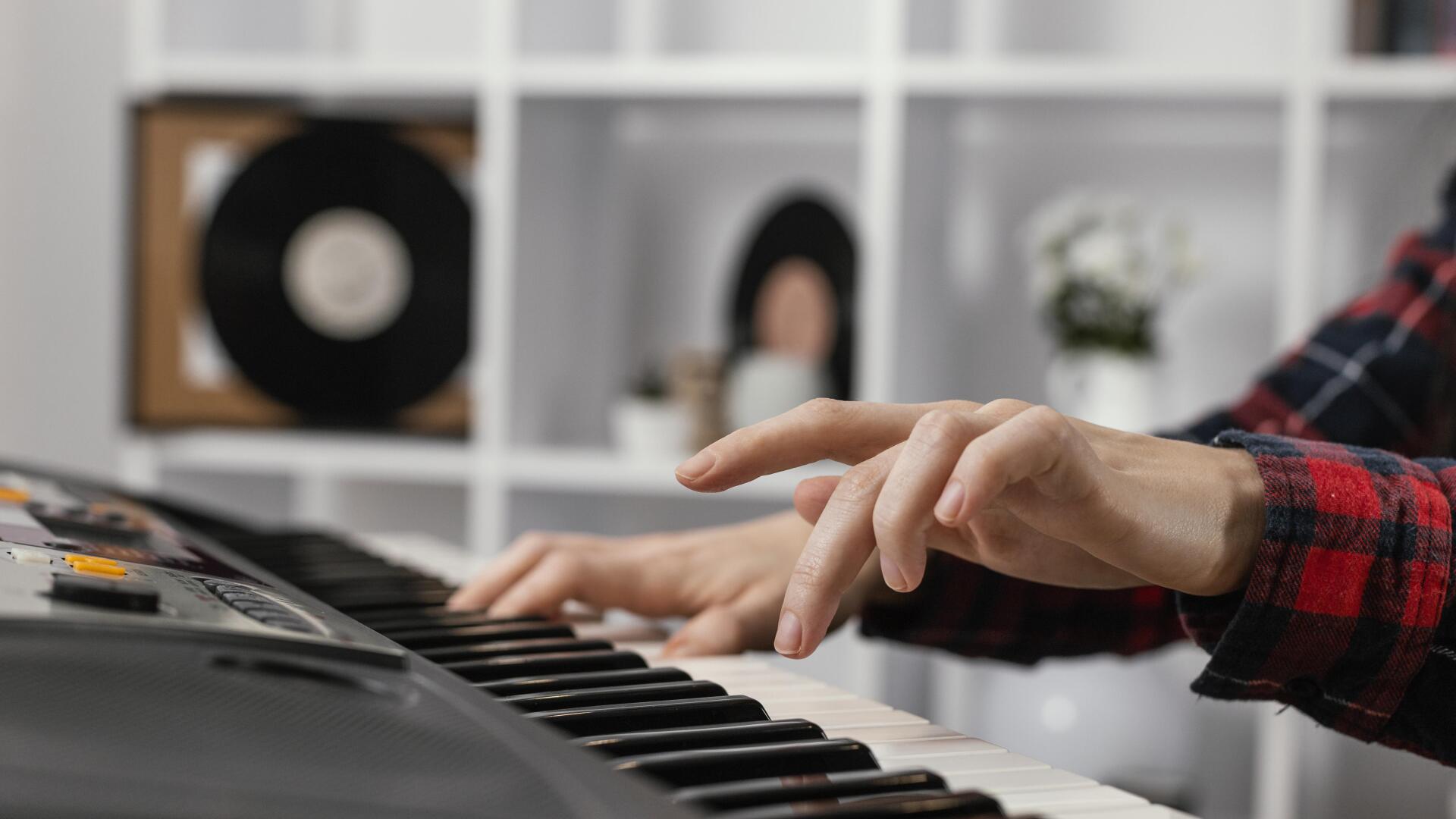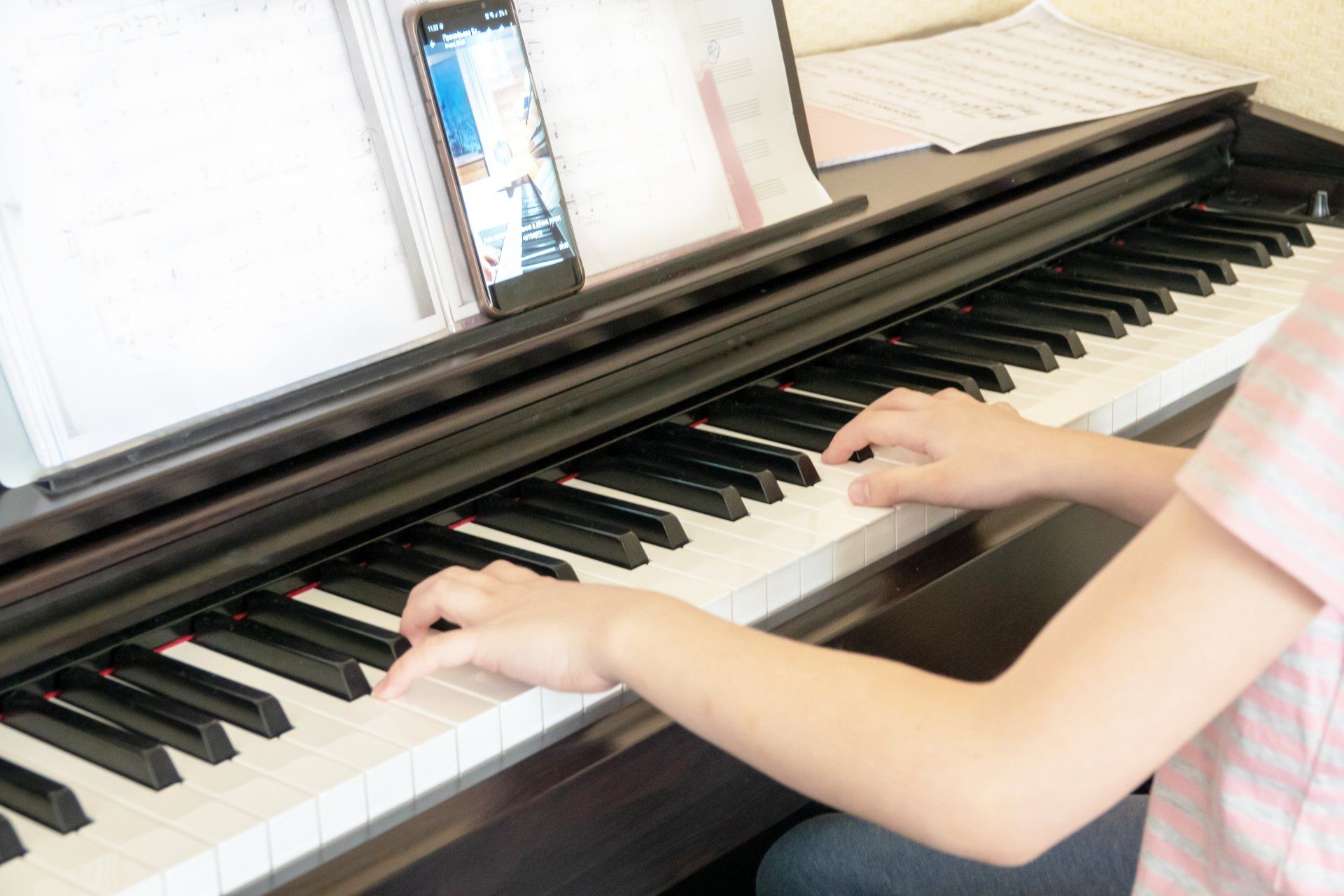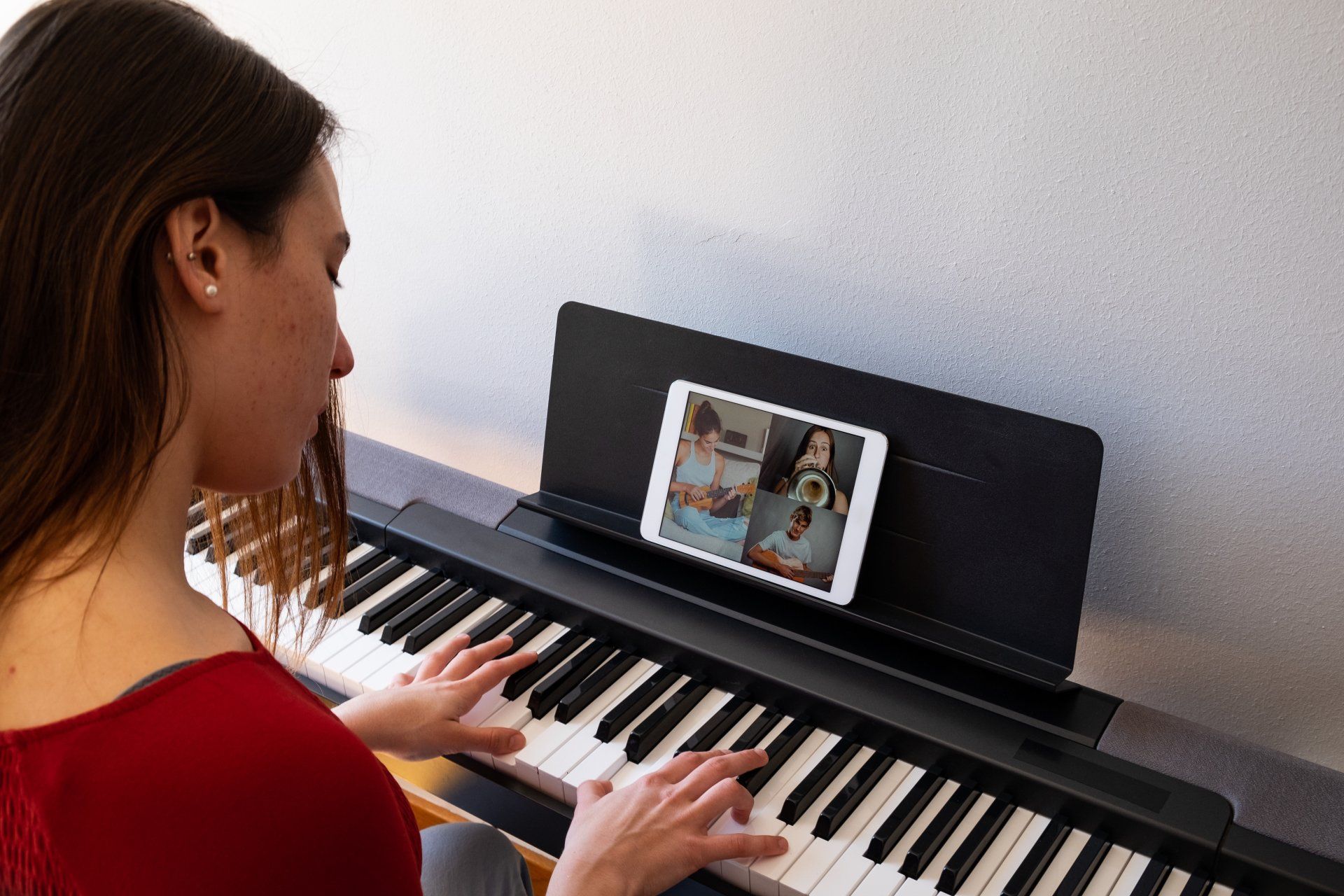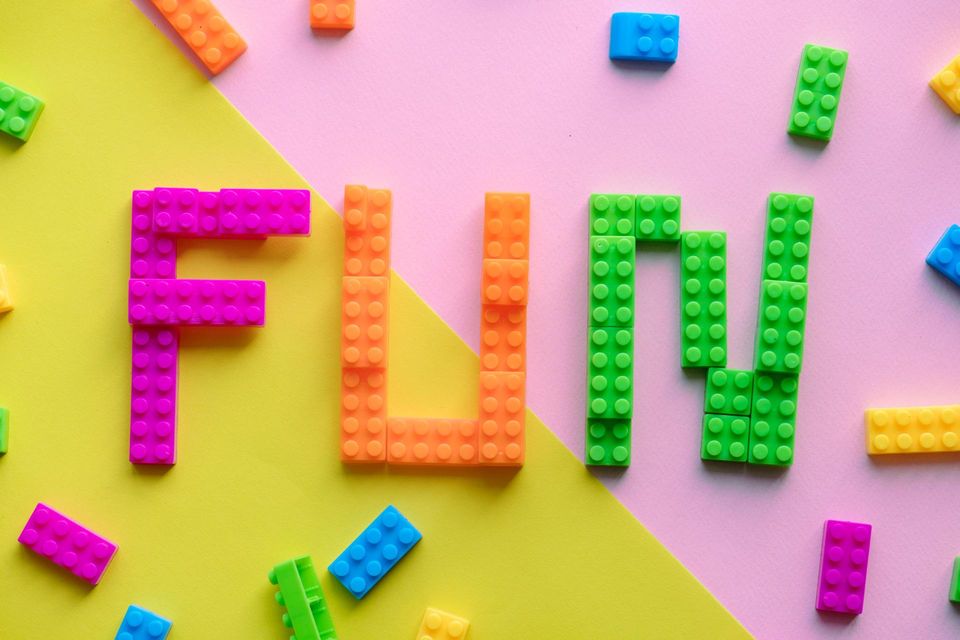5 Games For Young Students To Keep Lessons FUN!
Young children can be challenging to teach, not only because of their developing fine motor skills, but also because of notoriously brief attention spans. Fun and interactive lessons are imperative to keeping them engaged and interested. A teacher must always have a big bag of tricks and be ready to change direction at any moment if they want to keep little ones paying attention.
What better way to get a kid’s attention and keep it? GAMES! You may think it takes too much time to put together games, or lugging extra stuff from lesson to lesson is too much. But guess what? These games only require a deck of cards, and some require NOTHING. That’s as low maintenance as it gets, and they payoff with your students is huge. Start off by picking just one game, and try it out this week!
1. Match It! – All you need is a set of cards with music symbols on them (super easy to make yourself with some index cards and a marker). It’s great to start off with numbers (finger numbers), letters in the musical alphabet, and notes of different values. You’ll need two cards for each symbol. Lay the cards face down, and play your standard matching game. When one of you finds a match, you have to describe how that symbol relates to their instrument. The person who finds the most matches wins.
2. Card Race – This game works best on the piano, but it can be adapted for any instrument. You can use the same set of cards as in game #1, but only use the letters of the musical alphabet. The teacher starts on one end of the keyboard and student starts on the other. You draw a card and find that note which is closest to you. Keep drawing cards until one of you makes it to the other end of the piano. Whoever gets there first wins.
3. Name The Note - In simplest terms, the teacher plays a note on the piano and the student has to name it. A more difficult variation of this game is Stump The Teacher. The student sits at the piano while the teacher turns their back. The teacher gets to try and guess the note name the student is playing. They’ll get to trick their teacher, and get a big kick out of it. But they have to remember their note names to know if their teacher is correct.
4. Little Maestros - Designate a symbol for a sound: a circle could denote a clap, or a triangle could be finger snapping. Keep the sounds simple like tapping the table, stomping your foot, clicking their tongue, etc. Choose 4 at a time and create a sequence of symbols that the child can then “read” to make music.
Encourage them to create their own music using these symbols and listen to their masterpieces.
5. Three Pitches – The teacher asks their student to play any three pitches, one after the other. They play the same pitches the student played, but perhaps in a different register. Then it’s the student’s turn. You can change it up in many ways by asking for different dynamics: “Play me really soft ones now,” or “Try three loud ones.” Make sure the your child plays their notes separately and clearly so you can accurately repeat them.
Most importantly, make it fun! Sometimes, all a student needs to hear is the word GAME and they’re automatically interested. Make an effort to never become complacent in your teaching. If you’re feeling bored, your students are, too. Add in something unexpected every once in a while and everyone will be more engaged.
Sources: www.TeachPianoToday.com , www.TakeLessons.com , www.Solfeg.io


